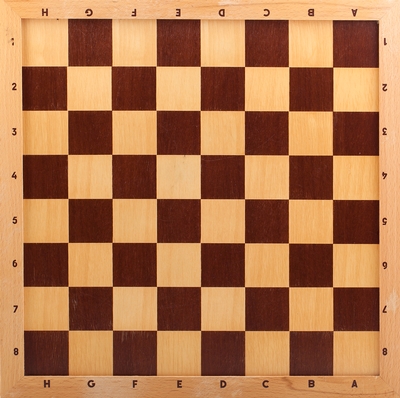There’s something in each of us that likes to play a game or two.
 Call it competitiveness, achievement, even self-expression. The notion of winning at something can lure us into arcades as well as casinos, seduce us with smartphone apps or a family Scrabble feud.
Call it competitiveness, achievement, even self-expression. The notion of winning at something can lure us into arcades as well as casinos, seduce us with smartphone apps or a family Scrabble feud.
When it comes to work, though, gamification – the millennial word for infusing game mechanics in the Web – smacks of management control, and of automatons doing a higher-up’s bidding.
Hey, we’re being honest – and we know that the world just might be agin’ us: August corporations use these kinds of software programs for various goals, from teaching about sustainability to exercising more effectively. Many large salesforces thrill to using specialized game mechanics, such as badges, points, virtual gifts, and leaderboards, that help prompt higher performance. Or so they say. Gartner even predicted that this year more than 70 percent of global businesses would adopt at least one gamified app.
But is there truly safety in numbers? For some routine jobs and tasks, such as onboarding and customer service, the games we play could well spark improvement. Learning, too, deserves all the gamification we can absorb. Yet the things that make us collaborate with our colleagues, enhance our interpersonal skills, and increase our productivity are not found in the Web-ified non-human prompts from our employers. We want to figure out, ourselves, our own sources of motivation and good behaviors; understanding “me” from an online Chutes and Ladders-type exercise makes us want to, yes, game the system.
Besides, how would it make you feel to hear that Hezbollah uses gamification to market its philosophies to adolescents?



